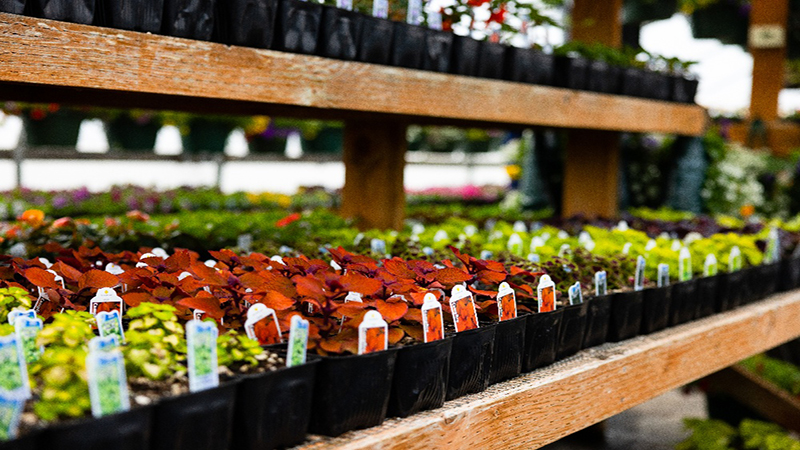Managing Key Nutrients in Greenhouse Tomato Production
A timely adequate supply of nutrients and water, in addition to proper management of the environment, can help sustain fruit production of greenhouse tomatoes. The specific nutrient requirements for the crop are related to the developmental stage of the plant and seasonal conditions. A tomato fertilizer program must be adjusted for three production stages: 1) transplant to four to six leaves, 2) normal feed, and (3) heavy fruiting.
At all times, the crop requires a complete nutrient solution. However, different proportions of potassium (K) and nitrogen (N) will determine if the crop grows vegetatively or forms flowers and fruit. In a recent e-GRO alert, Rosa Raudales of the University of Connecticut outlines how to adjust nitrogen and potassium throughout the production cycle.
The amount and form of nitrogen (N) provided to the crop from nutrient solutions is a tool that can be used to steer vegetative growth into a desired direction. As with all essential elements, insufficient or excessive amounts of total N will reduce yields.
To promote vegetative growth at any time, increase the nitrogen in the solution, especially the ammonium form. Typically keep ammonium at 10% of the total N or less. These levels can be higher but only for a very brief time to promote vegetative growth.
Nitrogen application as a tool requires a trained grower to read the plant and the environment. For example, applying too much nitrogen during low light conditions can lead to excessive vegetation which can be prone to foliar diseases and poor fruit yields and quality.
Potassium(K) plays an important role in fruit formation and ripening. Tomatoes have a relatively high K requirement. Insufficient or delayed application of K leads to inadequate fruit quality. An important consideration is that absolute values of potassium alone will not determine fruit formation, instead the ratio of K to N will be a major determinant of the quality of the fruit. The addition of potassium slows vegetative growth and redirects sugars to the fruit. Insufficient potassium results in blotchy ripening, boxy fruit, and green shoulders.
Continue reading at e-gro.org.









